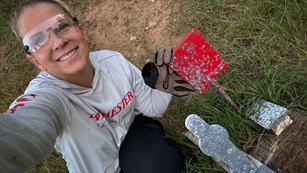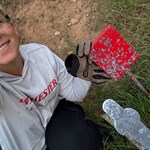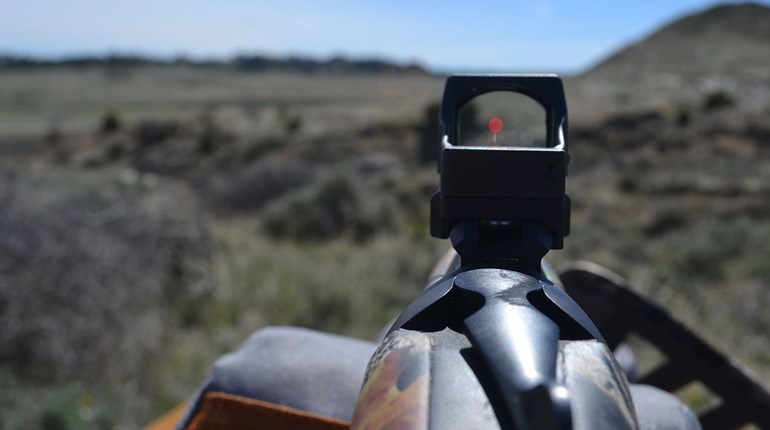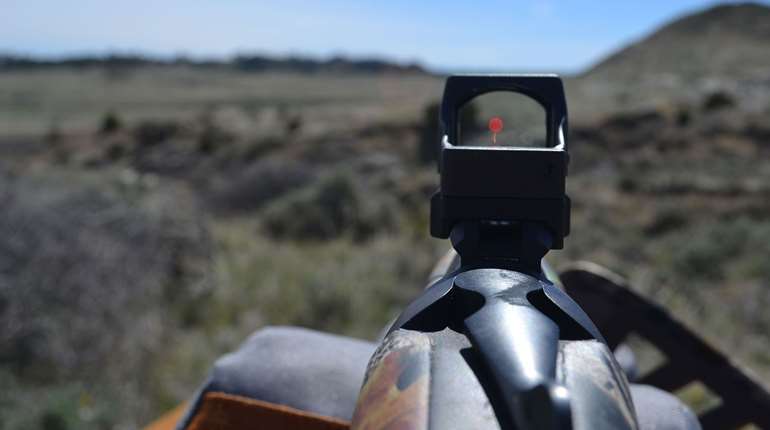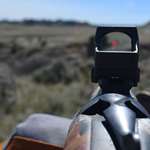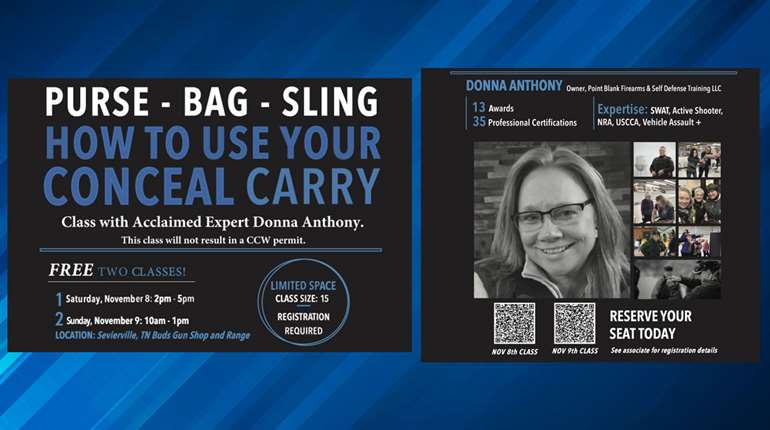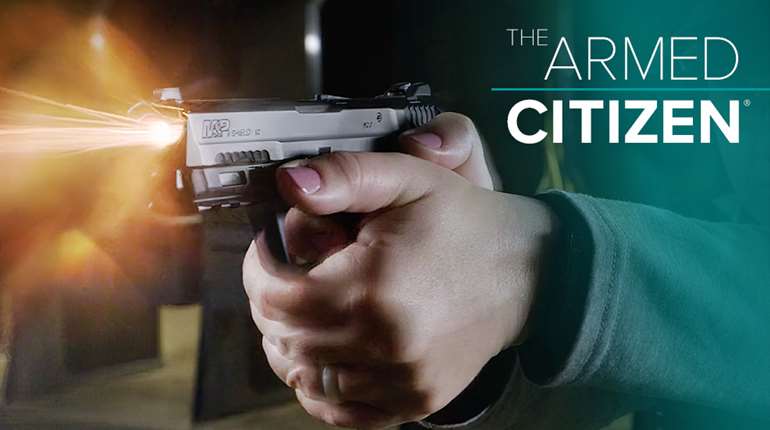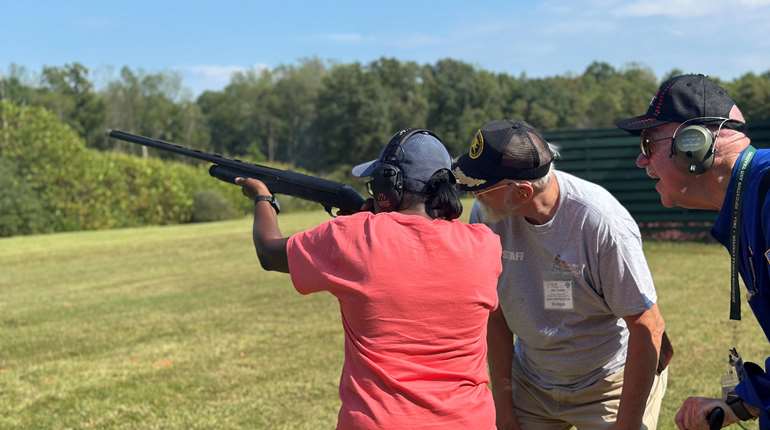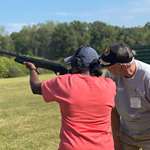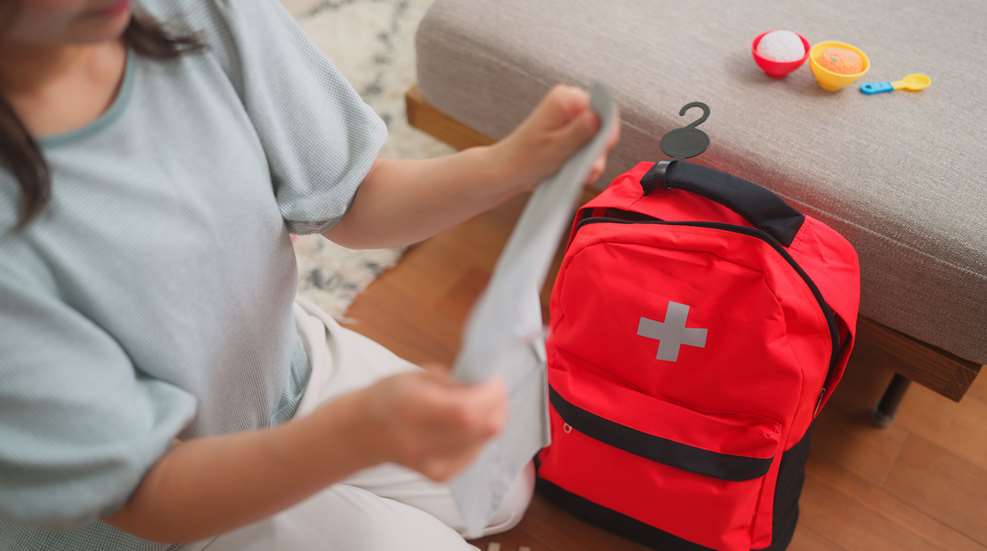
You probably have some vague idea of what you’d do if an emergency—be it a fire, a home invasion, a weather event or something else—woke you in the dead of night. You might keep a gun readily accessible, maybe even a flashlight. But those are just things; they’re not a plan. What you need is an actual plan to help you get through those midnight emergencies should you ever find yourself in one. If you don’t have one, consider these four factors.
1. Are You Geared Up?
The three main types of emergencies you’ll face in the middle of the night without warning are people-based (home invasion), home-based (fire or carbon monoxide detector going off) and weather-based (tornado, flash flood, etc.). You need the tools to handle all three.
For a home invasion, yes, we recommend a firearm. What type of gun is best for defense of your home is a loaded question, but pick one and keep it where it’s safe from unauthorized access but easy and quick for you to get to when you need it. If it doesn’t have a weapon-mounted light, keep a flashlight right beside the gun. Ordinarily, you can just turn on the lights as you move through the house, but what if the power is out?
What about ear protection? The sound of a gunshot indoors can literally deafen you, at least temporarily, and the last thing you need in an emergency is a loss of your senses. You’ll want to hear what’s going on around you, so keep a pair of electronic muffs or ear plugs next to your gun. Hopefully, you’ll have time to don them.
For home- and weather-based emergencies, you should keep at least one fire extinguisher at home, and all second-story bedroom windows should have an exit point, be it a ladder or a fire escape. A go-bag full of emergency supplies, food, water, a weather radio, first-aid supplies and more (mine includes a handgun and ammo) kept somewhere you can grab it easily is a good idea in case the family has to leave the house in a hurry. Some weather-specific items are a good idea to have on hand, too—like bike helmets and a loud whistle for surviving a tornado, if you live in tornado country.
2. What Will You Do?
You must have a plan for each scenario. Identify the easiest exit points on each side/end of your home in case of fire, and clear the path to them if necessary. Have a safe place in mind for a weather emergency—maybe the second story for a flash flood or an interior room or basement corner for a tornado. How are you going to get from your bedroom to the safe place? What if there’s an obstacle between you and the safe place—is there another way to get there, or if getting out of the house is required, what are at least two ways to get out of the house from your bedroom door?
For home invasions, consider the way your house is laid out and where an intruder is most likely to enter. Think about what room you enter when you leave your bedroom. How far away are your kids’ rooms? If they’re on the opposite side of the house and an intruder is between you and them, what are your safe shooting lanes if worse comes to worst?
If you live alone or with just your spouse, barricading yourself in your bedroom while you call 9-1-1 is probably your smartest play in a home invasion. If you have kids, this isn’t an option. Is there another way to get to your kids’ rooms (even if it involves going outside) if you need to get to them and your way is blocked?
What is your spouse going to be doing? It’s vital that you both know the plan and you both have a clearly defined job. In my house, a loaded handgun (with a red-dot optic) is accessible to my side of the bed and a shotgun is on my husband’s side of the bed, unloaded. He’s closer to the door, and our daughter is away at college, so we’d both make ready with our firearms, lock the door, and call 9-1-1. If she is home (and when she was younger), the plan is for him to slip out the door with the shotgun, go straight through her door right next to ours, and we’d both lock ourselves in.
By the way, you do keep a phone in your room at night, don’t you? Make sure you and your spouse are on the same page with a simple plan about who calls 9-1-1, who goes to the kids, who handles the gun, etc.
3. What Will Your Kids Do?
Your kids have to know the plan, too. Teach them age-appropriate fire safety rules so they know how to get out of their rooms and to safety if they’re old enough. Make sure they know where the weather-disaster safe place is and whether you want them to go there or wait for you. Get older kids involved in the plan to help younger kids if necessary.
In the case of a home invasion, when you or your spouse will be working your way to the kids’ room as quickly as you’re able, consider creating a code word that, when screamed from across the house, means “get in your closet and do not come out until I get to you.” Depending on the situation, it might not be smart to scream and give away your location to an intruder, but the kids need to know not to wander out of their bedrooms if they hear a disturbance. If your home is equipped with an alarm system, the alarm going off in the night serves as the code word, as does a gunshot or any kind of screaming and scuffling, obviously—they should hunker down and not come out for anyone except you.
Go over all three plans—home invasion, fire/flood, and weather emergency—regularly to make sure no one forgets what they’re supposed to do. There’s no need to scare your kids or make them anxious about such unlikely scenarios, so keep it casual and age-appropriate, but do reinforce the plan every so often to make sure everyone is on the same page.
4. Where Will You Go?
Make sure the kids know when to get out—that they should flee from a fire but never leave the house for a tornado, for example—and when to stay put. If your family has to leave the house in the night for any reason, fire being the most obvious one, everyone needs to know where to go so you can all meet up as quickly as possible afterward. If you live in a neighborhood, it can be as simple as “the Smiths’ front yard” or “knock on Mrs. Wilcox’s door.” If you’re more rural, have a plan to meet at the barn or the big oak tree or whatever other landmark is a safe (but not too far) distance from the home. Remember, it’ll be dark and everyone will be confused and scared. Keep the plan simple and easy to remember and make sure everyone knows where to go and how to get there.
As is the case anytime you’re fleeing from danger, it’s important to run toward something, not just away fromsomething.
How do you get to your gun? How do you (or do you at all) see what you’re doing (flashlights, gun-mounted lights, just turn on the lights)? Do you have ear pro readily available or are you going to chance it? What is your spouse going to be doing? What are your kids going to be doing? Where are you all going to meet up when it’s over (in the case of a fire or other evacuation)?




